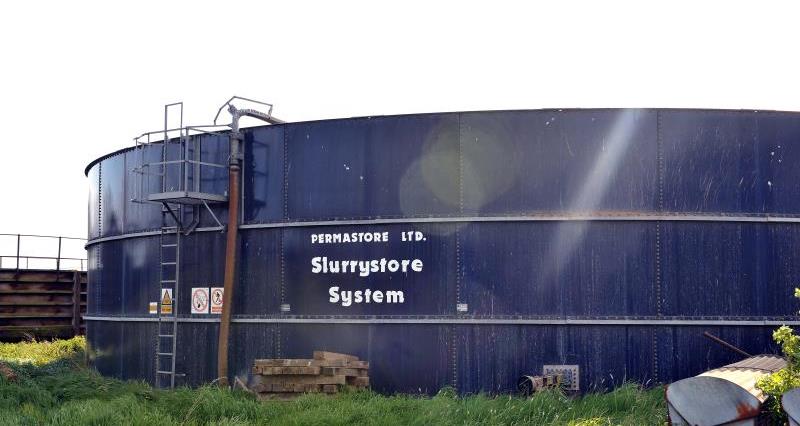The documentary, ‘Brian May: The Badgers, the Farmers and Me’, is set to air on Friday 23 August and will show the Queen guitarist unveil the results of a four-year experiment to eradicate bTB (bovine TB) on farmer Robert Reed’s farm, without culling badgers.
The programme will suggest TB is mainly spread from cattle to cattle via slurry and that badgers are not a ‘significant factor in the spread of the disease’.
In an in the lead up to the broadcast, Sir Brian said: “The spread of bTB is from cow to cow and it’s because of inefficient hygiene situations.
“Biosecurity in the old days meant keeping the badgers out but now means keeping the slurry away from the cows so they can’t infect each other.”
NFU Dairy Board chair Paul Tompkins has dismissed this as “ridiculous”, citing (Animal & Plant Health Agency), published in 2022, which determined the possibility that bTB is spread through cattle faeces as very low.
Focus on all transmission pathways
Paul said: “Farmers recognise that to eradicate this insidious disease, we need to focus on all transmission pathways, starting with those that numerous scientific studies have shown us are the highest risk like cattle movements and wildlife control. As slurry transmission is proven to be a very low risk, focusing on it as a primary source as Sir Brian suggests would be a foolish approach.
“By its very nature, slurry – a mix of cow manure and water – is found on all dairy farms and seen as a valuable asset by farmers. It helps feed nutrients into the soil and the grass which in turn helps the cows produce high-quality, nutritious milk.
“Using slurry to feed our grass and soils means we reduce the need to buy in artificial fertilisers, which is a huge benefit to the environment as it reduces associated greenhouse gas emissions and reduces our carbon footprint.
“Slurry is also kept securely and safely on farm in a store which needs to be big enough and legally compliant dependent on how much you are holding and for how long.”
Biosecurity measures
Farmers take precautionary measures in line with the TB Biosecurity Five Point Plan to minimise the risk of any residual bacteria M. Bovis becoming the source of a TB infection in cattle:
Store Manure
- Store for six months before spreading on pasture
- In a wildlife-proof secure structure which limits access to domestic animals.
Spread manure
- On arable or pasture where cattle will not graze for two months minimum.
- The minimum two-month break also applies to grass which is cut for fodder.
Minimise contamination
- Use controlled applications where possible to minimise aerosols
- Spread manure in calm weather conditions
- Avoid spreading manure from other farms
- Consider where neighbouring cattle are grazing in adjoining fields
Find out more at: .


